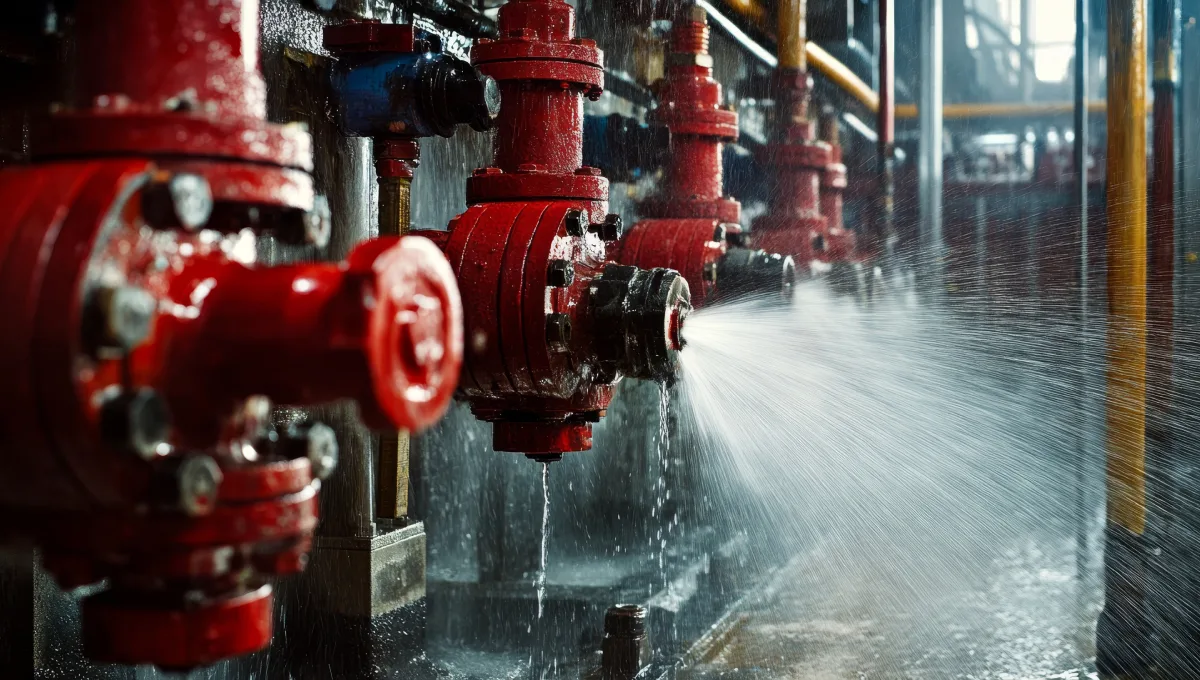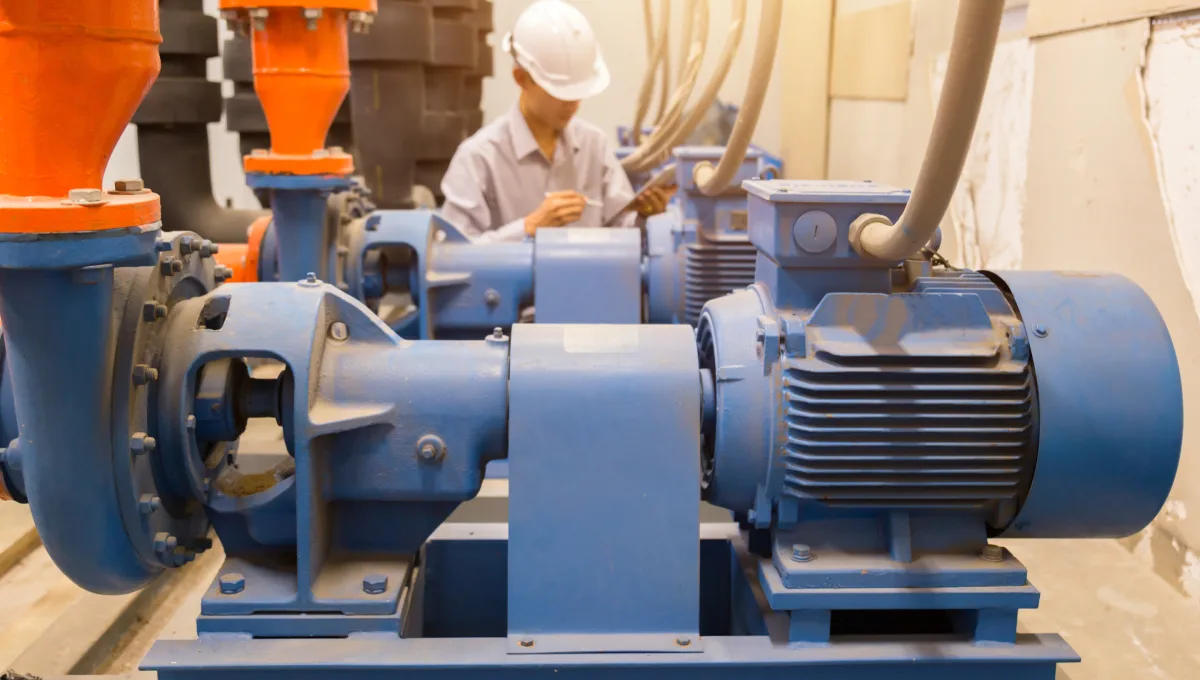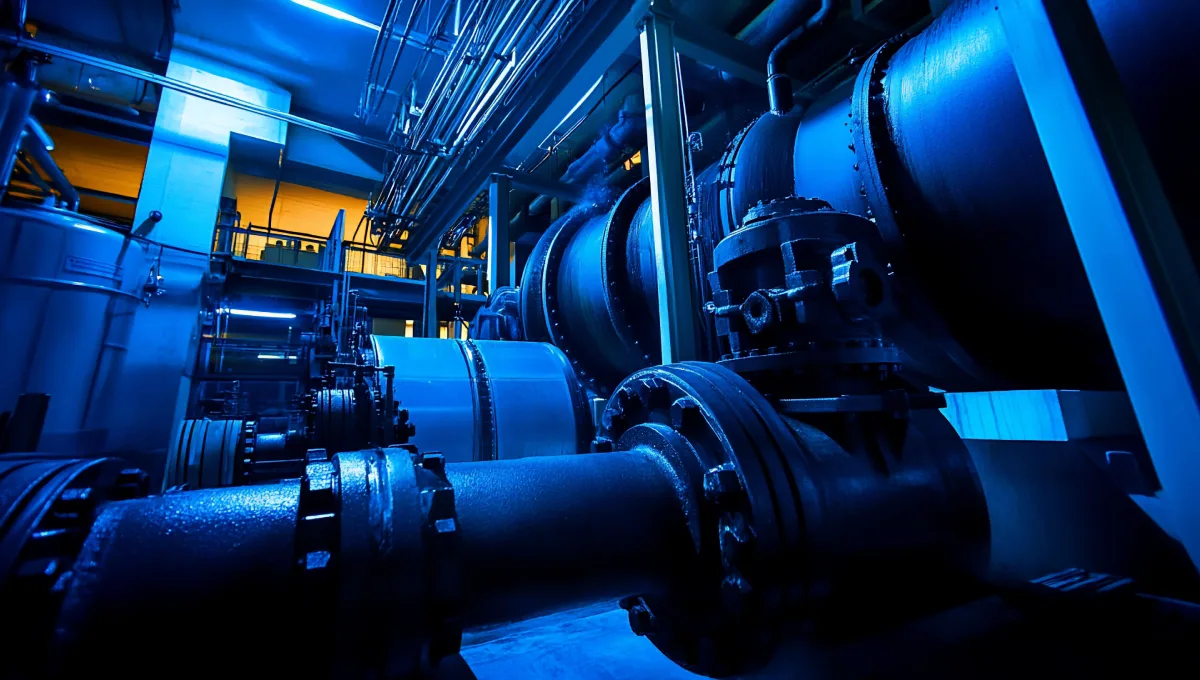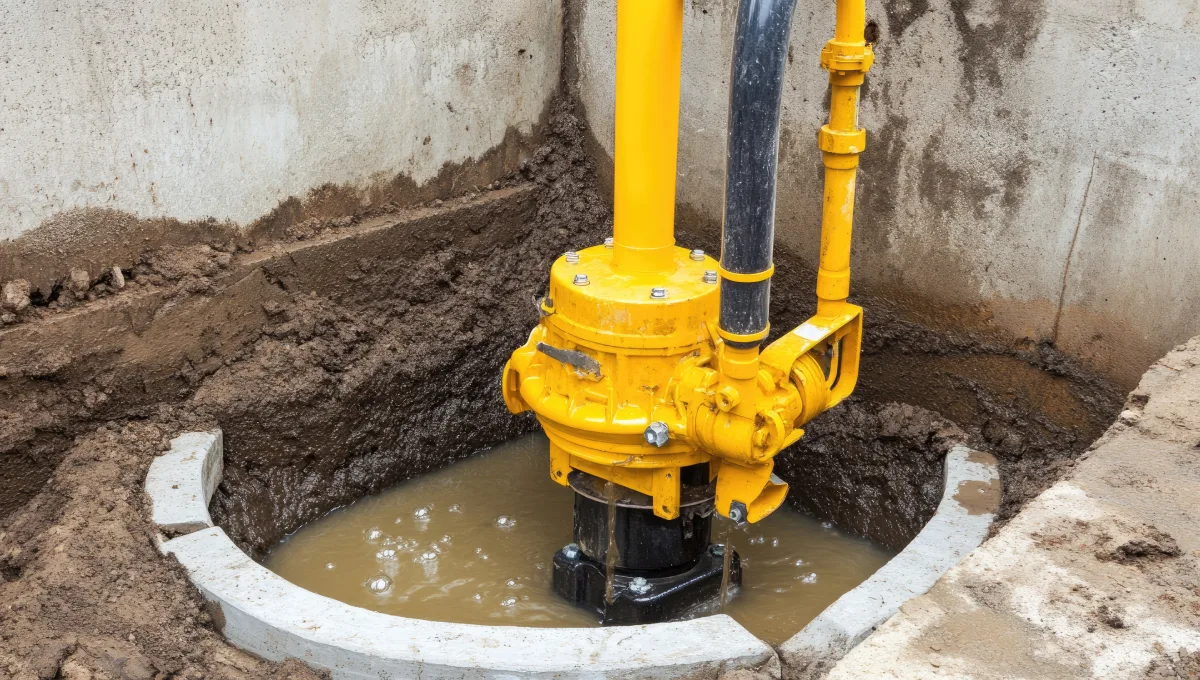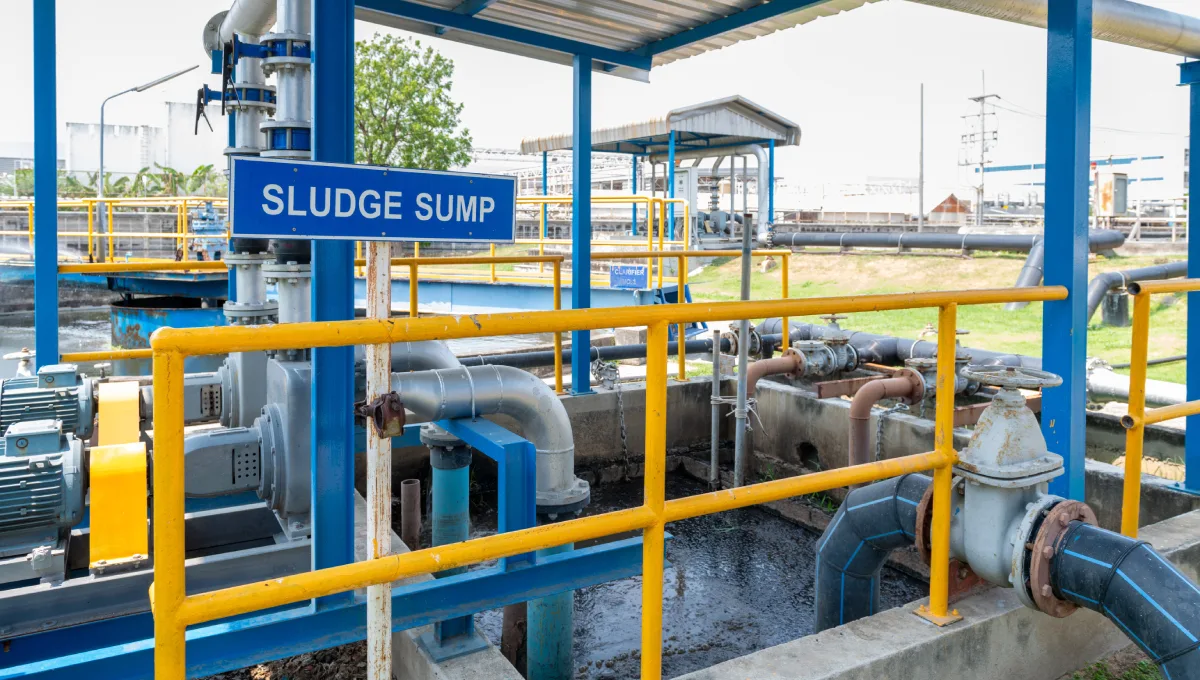- Understanding Industrial Pump Lifecycles
- Industrial Pump Repair Services: When They Make Sense
- Replacement: When a New Pump Is the Better Investment
- Cost-Benefit Analysis: Repair vs. Replacement
- Factors That Influence the Decision
- Role of Industrial Pump Suppliers in Decision-Making
- Real-World Applications Across Sectors
- Practical Guidelines for Decision-Makers
- Making the Right Choice: Repair or Replacement
Industrial pump repair services play a crucial role in ensuring the uninterrupted operation of critical systems across various industries, including mining, oil and gas, naval facilities, municipal utilities, and heavy manufacturing. Pumps are the backbone of these industries, responsible for moving water, slurry, chemicals, and other essential fluids that sustain production lines, maintain dewatering systems, and stabilize infrastructure. Operating under tough and often abrasive conditions, pumps are subject to continuous wear and tear. As a result, any failure can quickly lead to unplanned downtime, reduced productivity, rising energy consumption, and costly emergency repairs.
For procurement heads, engineering managers, and project contractors, a central decision is whether to continue investing in industrial pump repair services or to replace the equipment entirely. Repairs are often the faster and more budget-friendly option when the issues involve components such as seals, bearings, or impellers. On the other hand, replacement may deliver greater long-term value through improved reliability, energy efficiency, and compliance with industry standards.
This evaluation requires balancing technical performance, lifecycle costs, and operational risks. The decision becomes especially critical in areas such as industrial submersible pump repair, where pumps operate in extreme environments. Collaborating with trusted industrial pump suppliers ensures access to expert assessments, repair solutions, and replacement strategies tailored to each industry’s unique demands.
Understanding Industrial Pump Lifecycles
Every pump follows a defined lifecycle, shaped by its operating environment, duty cycles, and the type of fluids it handles. For example, a slurry pump working in abrasive mining applications will naturally face faster wear than a municipal water pump running under moderate pressure and cleaner conditions. Recognizing these variations is crucial for procurement teams and engineering managers responsible for optimizing equipment performance and return on investment.
Key factors that influence pump lifecycles include:
- Flow rate and pressure requirements: Continuously running pumps at or near their maximum limits accelerates wear and shortens service life.
- Energy efficiency: As pumps age, they lose efficiency, driving up operating costs and energy consumption.
- Vibration and noise levels: These often indicate misalignment, bearing deterioration, or imbalances in the impeller.
- Erosion and corrosion: Especially critical in applications involving abrasive slurry or chemically aggressive fluids.
By monitoring these performance indicators, organizations can better determine when maintenance is sufficient and when more serious intervention is needed. Minor seal leaks, for example, can be addressed quickly through industrial pump repair services, while excessive vibration paired with cavitation damage may require more advanced solutions, including industrial submersible pump repair or full replacement. Working closely with trusted industrial pump suppliers ensures access to the right expertise, allowing companies to balance repairs with timely replacements through professional industrial pump repair services.
Industrial Pump Repair Services: When They Make Sense
Repairing an existing pump is often the most practical and cost-effective decision, especially when the damage is localized and the pump’s core structure remains intact. Industrial pump repair services offer specialized expertise to restore performance without requiring a full investment in new equipment, making them an attractive option for many procurement heads and contractors.
Situations Where Repair Is Viable
- Minor component failures such as seals, bearings, and gaskets.
- Routine wear on impellers, casings, or liners that can be refurbished.
- Unexpected breakdowns that require a quick turnaround.
- Budget constraints make immediate replacement unrealistic.
Benefits of Repair
Choosing repair offers several advantages:
- Faster turnaround: Pumps are returned to service quickly, resulting in reduced downtime.
- Lower upfront costs: Repair bills are significantly less than the cost of new units.
- Sustainability: Extending equipment life reduces waste and environmental footprint.
Special Case: Industrial Submersible Pump Repair
Submersible pumps in mining, wastewater treatment, and dewatering work under harsh conditions. Regular industrial submersible pump repair—from motor rewinds to seal and impeller refurbishments extends their service life and helps avoid costly emergency replacements.
Working with trusted industrial pump suppliers ensures that organizations not only access expert diagnostics but also reliable industrial pump repair services tailored to maximize long-term ROI.
Replacement: When a New Pump Is the Better Investment
There comes a point where continuing with industrial pump repair services no longer delivers the desired value. As pumps age, repeated failures, outdated technology, or regulatory risks often make replacement the smarter and more strategic investment. In these cases, procurement heads and engineering managers must weigh short-term savings against long-term operational stability.
Signs Replacement Is the Right Choice
- Irreversible wear: Cracked casings, eroded impellers, or damaged shafts.
- Recurring failures: Equipment that breaks down despite multiple attempts at repair.
- Obsolete models: Limited availability of spare parts or lack of manufacturer support.
- System incompatibility: Older pumps are unable to meet updated process demands.
Advantages of Replacement
- Improved performance: Modern pumps provide higher efficiency and lower operating costs.
- Compliance and Safety: New units are designed to comply with current regulations and standards.
- Reduced risk: Replacement lowers the probability of costly, unplanned downtime.
Role of Industrial Pump Suppliers
Trusted industrial pump suppliers provide expert assessments on whether replacement is more cost-effective than further repairs, deliver recommendations for advanced pump technologies, and support lifecycle cost comparisons. While industrial pump repair services are often useful for extending equipment life, there are cases such as heavily worn units or critical industrial submersible pump repair scenarios where replacement ensures both reliability and long-term ROI.
Cost-Benefit Analysis: Repair vs. Replacement
The decision to invest in industrial pump repair services or replace a unit entirely depends on a clear understanding of both direct and indirect costs. Procurement teams must assess not just the immediate expense but also the long-term financial and operational implications.
Direct Costs
- Repair services: Cover labor, replacement parts, and workshop charges. When managed effectively, repairs often cost significantly less than full replacements.
- Replacement: Requires higher capital expenditure upfront, but may provide greater lifecycle value if the pump is old or outdated.
Indirect Costs
- Downtime: Waiting for a new pump can create extended outages that exceed the cost of repairs.
- Lost productivity: Critical operations may slow or halt, directly affecting revenue.
- Emergency failures: Repeated breakdowns or rushed replacements are typically more expensive.
Lifecycle ROI
A pump repaired at roughly 40% of its replacement cost may still provide several years of reliable service. However, repeatedly applying industrial pump repair services to aging equipment can inflate total ownership costs. For mission-critical units, particularly where industrial submersible pump repair is frequent, replacement may provide a stronger ROI.
By working with trusted industrial pump suppliers, decision-makers gain access to lifecycle cost analysis, ensuring balanced trade-offs between repair and replacement strategies.
Factors That Influence the Decision
Choosing between industrial pump repair services and full replacement is rarely a simple decision. Multiple variables must be evaluated to ensure the right balance between cost, performance, and operational risk.
Key Considerations
- Industry context: Pumps used in mining or slurry handling are subjected to constant abrasion, often necessitating frequent maintenance. In contrast, municipal or naval pumps prioritize compliance, safety, and uptime, which may make replacement the safer long-term option.
- Pump age: Older models nearing the end of their lifecycle often require frequent repairs, making further investment less economical.
- Spare part availability: Difficulty sourcing parts can inflate costs and extend downtime, shifting the decision toward replacement.
- Supplier support: Working with experienced industrial pump suppliers ensures access to diagnostics, spare parts, and maintenance programs that simplify the decision-making process.
- Risk tolerance: Mission-critical sectors such as defense or large-scale utilities typically favor replacement over repair to minimize unexpected breakdowns.
In many cases, organizations rely on industrial pump repair services for routine component failures, while reserving replacement for pumps that have suffered severe wear or obsolescence. For specialized systems, such as those requiring industrial submersible pump repair, harsh conditions and high failure risks often accelerate the decision to replace.
Role of Industrial Pump Suppliers in Decision-Making
In modern procurement strategies, the role of industrial pump suppliers goes far beyond simply delivering equipment. These suppliers act as trusted partners, guiding organizations through the critical choice between repair and replacement. Their expertise ensures that decisions are not only cost-effective but also aligned with long-term operational objectives.
How Suppliers Add Value
- Inspection and diagnostics: Using advanced tools such as vibration analysis, thermography, and flow testing, suppliers help identify hidden issues that may not be visible during routine checks.
- Performance assessments: By analyzing efficiency, wear, and energy usage, suppliers can highlight whether pumps would benefit more from industrial pump repair services or full replacement.
- Service agreements: Preventive maintenance programs reduce the likelihood of emergency breakdowns, extending the useful life of pumps and optimizing lifecycle costs.
- Warranties and guarantees: These provide financial assurance for both repair projects and new installations, protecting buyers from unexpected risks.
For specialized systems such as industrial submersible pump repair, suppliers also provide guidance on refurbishing motors, seals, and impellers, helping operators manage pumps in harsh environments. By leveraging this expertise and the availability of comprehensive industrial pump repair services, procurement teams gain confidence in making decisions that strike a balance between short-term cost control and long-term reliability.
Real-World Applications Across Sectors
The decision between repair and replacement varies greatly depending on the sector, operating conditions, and equipment demands. By applying the right balance of industrial pump repair services and timely replacements, organizations can achieve both cost savings and reliability.
Mining
Slurry and dewatering pumps in mining face continuous abrasion from solids and harsh slurries. Repairs, such as impeller or liner refurbishment, are often practical, but repeated breakdowns typically make replacement with abrasion-resistant models the more prudent option. In many cases, proactive industrial submersible pump repair is required to extend pump life under these extreme conditions.
Oil & Gas
High-pressure pumps are critical for efficiency and safety. While industrial pump repair services can resolve issues like seal or bearing failures, outdated units often require replacement to meet evolving regulatory and performance standards.
Municipal & Naval
Wastewater treatment plants and naval operations cannot afford extended downtime. Preventive repairs reduce risks, while strategic replacements ensure compliance with environmental and operational requirements.
Heavy Industries
Manufacturing plants prioritize productivity and energy efficiency. Replacing older pumps with high-efficiency models can significantly reduce energy costs. Reliable industrial pump suppliers offer both advanced technologies and long-term maintenance solutions to help industries make informed choices.
Practical Guidelines for Decision-Makers
When faced with the choice between repair and replacement, decision-makers benefit from a structured approach that weighs costs, reliability, and operational priorities. A clear process ensures organizations maximize value from both industrial pump repair services and new equipment investments.
Step-by-Step Approach
- Assess condition: Use diagnostics to evaluate performance, efficiency, vibration, and wear.
- Estimate repair costs: Compare projected repair expenses against full replacement pricing.
- Evaluate downtime risk: Consider operational losses if repairs fail prematurely.
- Consider lifecycle ROI: Balance short-term savings against long-term reliability and compliance.
- Consult suppliers: Rely on experienced industrial pump suppliers for objective recommendations.
Key Questions to Ask
- Will repairs restore reliable performance?
- Are spare parts available within a reasonable timeframe?
- Is replacement more cost-effective across the pump’s lifecycle?
- How will the decision affect safety and compliance obligations?
Checklist for Procurement Heads
- Budget and immediate cash flow impact
- ROI timeline and lifecycle value
- Compliance and regulatory requirements
- Current stage of the pump’s service life
- Risk exposure in mission-critical operations
For applications involving industrial submersible pump repair, where conditions are more severe, the threshold for choosing replacement over repeated industrial pump repair services is often lower.
Making the Right Choice: Repair or Replacement
Balancing industrial pump repair services with the need for complete replacement is one of the most critical responsibilities for procurement leaders and engineering managers. Choosing the right path directly impacts operational uptime, safety, and long-term cost control. In many cases, repair services deliver a fast and budget-conscious solution that extends pump life and avoids immediate capital expenditure. However, when equipment has reached the end of its useful life or can no longer meet compliance and performance standards, replacement becomes a more strategic investment.
The key to making the correct decision lies in applying lifecycle cost analysis and aligning pump management strategies with organizational priorities. Trusted industrial pump suppliers offer the technical expertise, diagnostic capabilities, and service agreements that enable decision-makers to evaluate all options objectively and make informed decisions. Their insight ensures that both repair and replacement decisions are made with clarity and confidence.
In specialized cases, such as industrial submersible pump repair, harsh operating conditions often accelerate wear, requiring closer evaluation of whether repairs provide sufficient value or whether replacement offers a stronger return. By leveraging professional industrial pump repair services in combination with supplier guidance, organizations can optimize ROI, minimize downtime, and ensure sustainable long-term operations.

